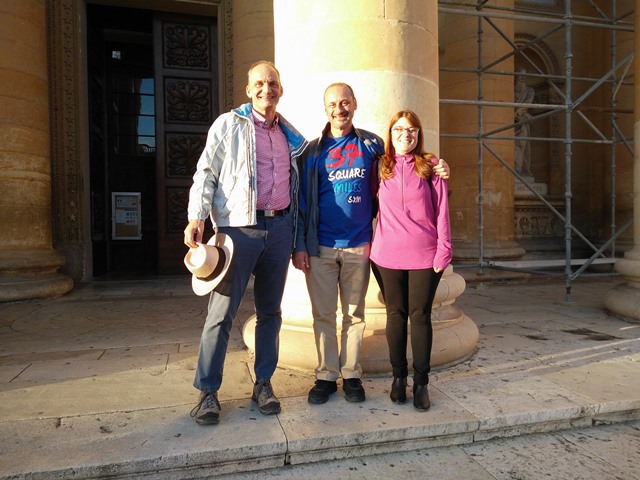Philipsburg, Sint Maarten — This week, local researcher Arjen Alberts published a new article entitled “Resilience and Tourism in Islands: Insights from the Caribbean” in a book edited by eminent international tourism expert Richard Butler. Butler is best known for his ‘Tourism Destination Lifecycle’ theory, a mainstay of every textbook in the field of tourism development.
The article deals with the cases of Sint Maarten, Aruba and the US Virgin Islands, three territories that share many experiences in their heavy dependence on the tourism product. While their single-pillar economies makes them vulnerable to external shocks, at the same time the nature of the tourism industry is such that they bounce back with relatively ease compared to islands and countries with different ‘mono-cultures’. In other words, tourism makes them vulnerable, but resilient at the same time. Case in point is the comparatively limited impact of the Natalee Holloway disappearance in Aruba in 2005. This tragedy could have potentially destroyed Aruba’s reputation and permanently damaged its tourism industry. However, thanks to adequate responses by government and the tourism sector itself, the damage remained limited and temporary.
Another phenomenon making our tourism island societies relatively resilient is the flexibility with which people combine different jobs, switch from one job to the next, and if necessary, accept jobs below their skill level. This ‘occupational multiplicity’ gave many in our societies the means to save and invest when things went well, but also to weather economic storms and absorb adverse circumstances. Furthermore, in times of economic growth, tourism islands readily attract foreign labor, while they also ‘shed’ workers who return to their homeland when growth stagnates. This effect dampens the effects of labor shortage as well as unemployment. At a macro-economic level, this makes our economies seem quite resilient, thanks to the flexibility of people at the micro level.
All of this comes at a cost however; working double shifts is exhausting, as is the uncertainty that many people live with, going from one temporary contract to the next. The frequent migration of many in the Caribbean, following the employment opportunities created by the tourism industry, is also a burden on the social fabric.
For this article, Alberts teamed up with co-author professor Godfrey Baldacchino of the University of Malta. Baldacchino is one of the world’s foremost experts in island development, president of the International Small Islands Studies Association (ISISA) and Chair of the Scientific Board of RETI, the Research Network of Island Universities.
This article is Alberts’ second international publication and part of his PhD thesis with the University of Amsterdam, on the topic of the socio-economic consequences of our tourism-driven development model.
The title of the book is “Tourism and Resilience” and covers several case studies on the question how tourism destination cope with the impact of their main industries on their social structure, the natural environment and their governance structure. Besides socio-economic themes, questions of disaster management, vulnerability to climate change and the protection of nature are tackled in the book. Case studies range from Sint Maarten, Canada, Sri Lanka and Australia to the remote Pitcairn Island in the Pacific.
The book is available from the publisher, the Centre for Agriculture and Biosciences International (CABI) in the United Kingdom http://www.cabi.org/bookshop/book/9781780648330 or from Amazon and most other major on-line bookstores.





























